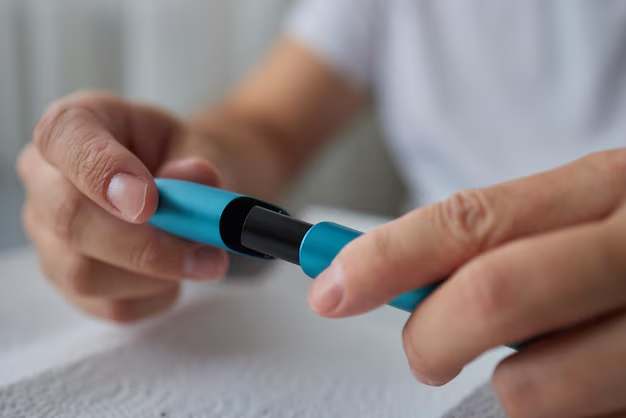Discovering How to Test for Diabetes: A Simple Guide
In a world where health awareness is on the rise, knowing how to test for diabetes is more crucial than ever. Whether you're monitoring your health or supporting a loved one, understanding this process can change lives. Let's dive into what diabetes testing involves, from common methods to the little details that matter.
Understanding Diabetes Tests
There are several ways to test for diabetes, each designed to measure blood sugar levels. Fasting Blood Sugar (FBS) Test is a simple and common test that requires fasting for at least eight hours. It gives insight into how much glucose is in the blood without the influence of recent meals.
Another effective method, the Oral Glucose Tolerance Test (OGTT), monitors how your body processes sugar. This involves fasting, drinking a glucose solution, and testing blood sugar at intervals thereafter.
For ongoing monitoring, the Hemoglobin A1c Test provides an average blood sugar level over the past two to three months. This test is crucial for diabetes management.
Random Blood Sugar Testing is also available, especially in emergency situations, when quick results are needed. This test doesn't require fasting and offers immediate insight into blood sugar levels.
Getting Tested: Taking the Next Steps
Schedule an Appointment: Whether at a doctor's office or a local clinic, booking a test is the first step. Contact your healthcare provider to discuss which test might be most appropriate for you.
Prepare for the Test: Follow any instructions related to fasting or diet changes your doctor recommends. Staying hydrated is beneficial, too.
Attend the Appointment: Be punctual and bring any identification or documents needed. The healthcare professional will guide you through the test procedure.
Review Results: Once complete, review the findings with your doctor. Understanding the results is key to managing health and deciding on any necessary changes or treatments.
Follow-up: Based on your results, you might need to schedule additional tests or start a management plan with your healthcare provider.
Financial Considerations and Support
Healthcare costs can be daunting, but countless resources are available to ease the burden. Financial assistance programs and government provisions can help. Many programs offer reduced rates for tests or provide access to free testing in certain areas.
Financial and Educational Resources
- Medicare and Medicaid: 🩺 Assistance programs for those who qualify, covering diabetes screenings under specific conditions.
- Local Health Departments: 📍 Many offer free or low-cost screenings and educational workshops.
- Charitable Foundations: 🤝 Some organizations provide grants or funds specifically for diabetes testing and management.
- Student Health Services: 🎓 Education institutions often have health programs offering discounted testing for students and staff.
- Community Clinics: 🏥 Affordable care and testing options, sometimes on a sliding fee scale.
Navigating the world of healthcare can seem intimidating, but by taking these steps, you're better equipped to manage and monitor diabetes effectively. Empower yourself today by exploring these resources and options, ensuring both your health and your wallet remain in check.
